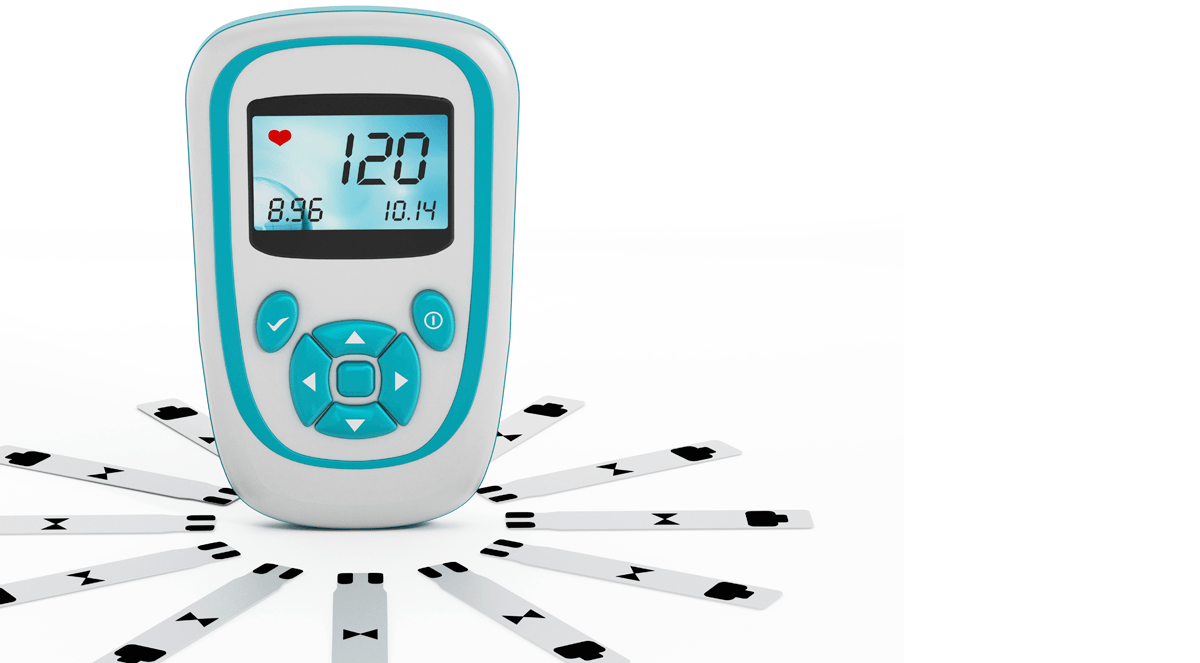This Physician’s Weekly feature on new BMI cut points for diabetes in Asian Americans was completed in cooperation with the experts at the American Diabetes Association.
According to recent data, Asian Americans are among the nation’s fastest growing ethnic group in the United States, and with this surge has been an increase in the number of those who are at risk for type 2 diabetes. Studies show that Asian Americans experiencea higher prevalence (the number of people in a given group or population who are reported to have a disease) type 2 diabetes more than whites and some subgroups of Asian Americans—most notably Filipinos and South Asians—have even higher rates of the disease.
“Asian Americans are a heterogeneous group and have historically been underrepresented in clinical research,” says Alka Kanaya, MD. “The research that is available suggests that Asian Americans have a higher prevalence of type 2 diabetes at a relatively lower BMI than whites or other ethnic groups.”
Among Asian Americans, rates of type 2 diabetes are higher than expected despite these people having lower rates of obesitya condition in which a greater than normal amount of fat is in the body; more severe than overweight; having a body mass index of 30 kg/m2 or more.X). The paradox may be partly explained by a difference in body fat distribution. Asians more commonly develop visceral rather than subcutaneous adiposity. Visceral adiposity is more closely linked to insulin resistance and type 2 diabetes than overall adiposity. Additionally, Asians have been shown to have a higher percentage of body fat at any given BMI level when compared with Caucasians. This suggests that differences in body composition may contribute to variations in diabetes prevalence.
Generally, a BMI of 25 kg/m2 or higher has been used as the conventional cut point recommended to begin screening for diabetes because of its association with increased morbidity and mortality risks. Adults who meet or exceed this BMI threshold are recommended to be screened for diabetes. However, data suggest that BMI cut points to identify those with diabetes or at risk for the disease should be lower for Asian Americans.
New Recommendations
In 2015, the American Diabetes Association released a position statement in Diabetes Care that highlights the physiologic differences seen between Asian Americans and other populations affected by diabetes (Table). “For the general population, testing for diabetes is still recommended when BMI reaches 25 kg/m2 or higher,” explains Dr. Kanaya, who was a member of the writing group that developed the position statement. “However, we now recommend screening Asian Americans for diabetes using a BMI trigger point of 23 kg/m2 or higher.”
The recommendation takes into consideration genetic and physiologic factors as well as environmental and lifestyle context. The position statement more clearly recommends specific BMI cut points that will hopefully be adopted by groups to help establish eligibility for weight-reduction services or reimbursable treatment. It is based on a comprehensive review of available literature with a focus on longitudinal studies and data from several large Asian American subgroups.
The aim of the position statement is not to redefine BMI cut points that constitute overweight and obesity thresholds as they relate to mortality or morbidity in Asian Americans. Instead, the statement aims to clarify how to use BMI as a simple initial screening tool to identify Asian Americans who may have diabetes or be at risk.
“By lowering the BMI threshold to 23 kg/m2, we can identify more patients who are at risk for diabetes,” Dr. Kanaya says. “Currently, we can miss about one-third of cases in this patient population using the older standard BMI cut point of 25 kg/m2.” She adds that, in general, BMI may not be the best marker in this population because many Asian Americans can be diagnosed with diabetes even when they do not appear to be overweight or obese.
The Tip of the Iceberg
In light of the diabetes epidemic, there is an urgent need to increase efforts for early detection. “Adopting a single lower and uniform BMI cut point for Asian Americans can increase opportunities for education, intervention, behavior and lifestyle changes, and diagnosis,” says Dr. Kanaya.
More research is needed to better understand why BMI distinctions exist in Asian Americans when compared with other people at-risk. “The American Diabetes Association position statement is a significant step in the right direction of widely recognizing the diabetes disparity that exists in Asian Americans,” Dr. Kanaya says. “The next steps are to increase the amount of research and data on this diverse population while simultaneously pushing for policy changes that will positively impact health outcomes.”
Dr. Kanaya notes that it is imperative to screen and diagnose Asian Americans as early as possible using the new BMI cut points that are more appropriately applicable to them. “We hope that future research efforts will bring clinicians closer to understanding the metabolic profiles of specific ethnic subgroups within the Asian American community,” she says. “This may lead to the development of interventions that are more personalized to this important and growing patient population.”



 PWeekly
PWeekly